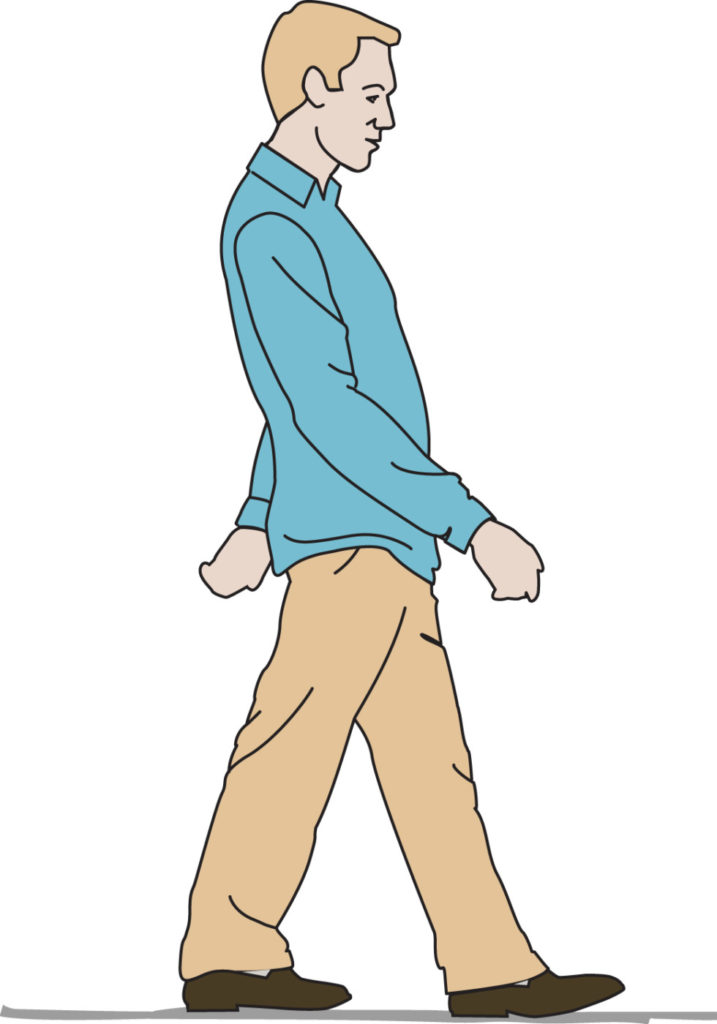
Most people don't make a connection between walking and lower back pain. They don't think that the way they walk could be part of the reason why they are in pain.
Or, they don't think that the way that they walk could be preventing their healing.
But when we are in pain, acute or chronic, every movement counts.
And we walk a lot. Even the most sedentary person is taking 3000 steps a day.
If those steps were well executed it would be a lot easier to heal.
Yet when people get injured they are often steered towards physical therapy or exercise class to find help.
Instead of walking around in search of different doctors and therapies, I think you should use walking to heal your pain.
Walking and lower back pain is an issue for more people than I ever imagined when I began this work.
People get lower back pain and hip pain for many many reasons but here are a few that walking correctly can help:
- A tight psoas muscle. The psoas major is a mysterious muscle deep in the core that is the main muscle of walking and the main muscle of back pain. A tight psoas major can cause a lot of problems with our movement patterns. Including inhibiting the freedom of the hip joint and causing a compression of the lower spine.
- A tight, or misaligned, piriformis muscle. The piriformis, along with the psoas, and gluteus maximus (butt) muscles are the only muscles connecting the legs to the spine. A tight piriformis pulls the legs into chronic external rotation and can press on the sciatic nerve. This can create the condition known as piriformis syndrome, a deep pain in the butt. Anyone who walks with their feet turned out and suffers pain would be well served to change their walking patterns.
- Poor muscle tone throughout the body creates an environment ripe for pain. Balanced muscle tone supports the alignment of the bones and every step is designed to be both a spinal twist and a core exercise.
- Sciatica is when the sciatic nerve is impinged by something in the area of the lower back. There are many different factors that can lead to sciatica such as degenerative disc disease, herniated discs or stenosis. Aligning your bones for walking and standing creates the best possible environment for the sciatic nerve to flow.
- Plantar fasciitis is a condition that causes severe heel pain, especially upon walking up in the morning. When you are walking around today feel your heel when it strikes the ground and if it hits hard, changing the way you walk will provide extreme relief.
Most people have never learned how to walk.
You stand up somewhere around one year old, start walking, and you are essentially on your own.
We mostly imitate our parents and siblings but who is to say that they walk well.
They probably don't.
It isn't hard to learn a new way to walk though changing patterns requires something of a commitment.
The payoff though can be extreme.
All too often the doctors, chiropractors, personal trainers etc, don't help you enough because you are not working with them to change your intrinsic patterns.
When you change the way you walk, what they have to offer you will begin to take hold in a permanent way.
And down the road, when the inevitable injury happens, especially if you are living the active lifestyle that you desire, you will heal faster and have faith that recovery is near.
***

